Carsten Holler: Test Site
R180A fascinating record of this major project, Carsten Höller is also a detailed survey of the artist?s entire career.
Showing 33–48 of 78 results
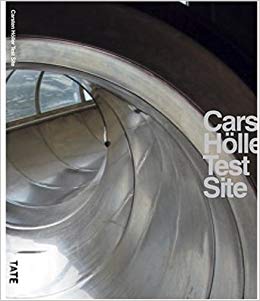
A fascinating record of this major project, Carsten Höller is also a detailed survey of the artist?s entire career.

Charles Rennie Mackintosh’s finest work dates from about a dozen intensely creative years around 1900. His buildings in Glasgow, and especially his craggy masterpiece the Glasgow School of Art, are more complex and playful than any other work in Britain at that time.

100 years of the JAG building and its evolution of space and meaning: Setting out to tell the story of a building that has stood for a hundred years is a complex undertaking, as ultimately that narrative does not exist in the singular.

This collection of essays by architect Mario Gooden investigates the construction of African American identity and representation through the medium of architecture. These five texts move between history, theory, and criticism to explore a discourse of critical spatial practice engaged in the constant reshaping of the African Diaspora.

David Adjaye is one of Britain’s leading contemporary architects, and particularly well known for his domestic projects. Adjaye combines the sensual and emotive with a conceptual approach to the fundamental elements of architecture. His influences range from African art and architecture to contemporary art and music leading to numerous collaborations with artists, including Olafur Eliasson and Chris Ofili.
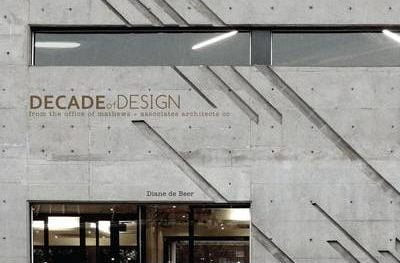
With text by Diane De Beer, Decade Of Design is a visual journey celebrating the past 10 years of architecture and design by the firm Mathews & Associates Architects, presented in a hardcover coffee table book.
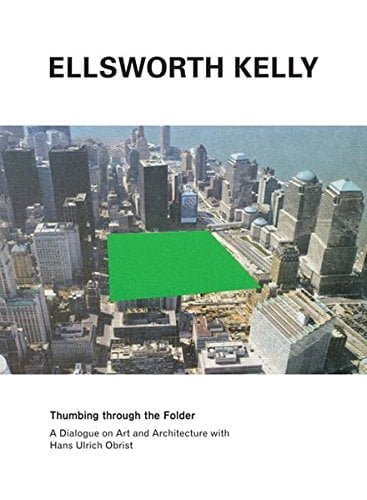
A Dialogue on Art and Architecture with Hans Ulrich Orbst
In this Dialogue on Art and Architecture, Ellsworth Kelly (born 1923) reminisces with Hans Ulrich Obrist about his early career, his teachers (Max Beckmann, Brancusi, Leger and Vantongerloo) and particularly on the relation of his work to architecture: “architects are usually the first people who understand my work,” he tells Obrist here, while describing his many collaborations in this field.
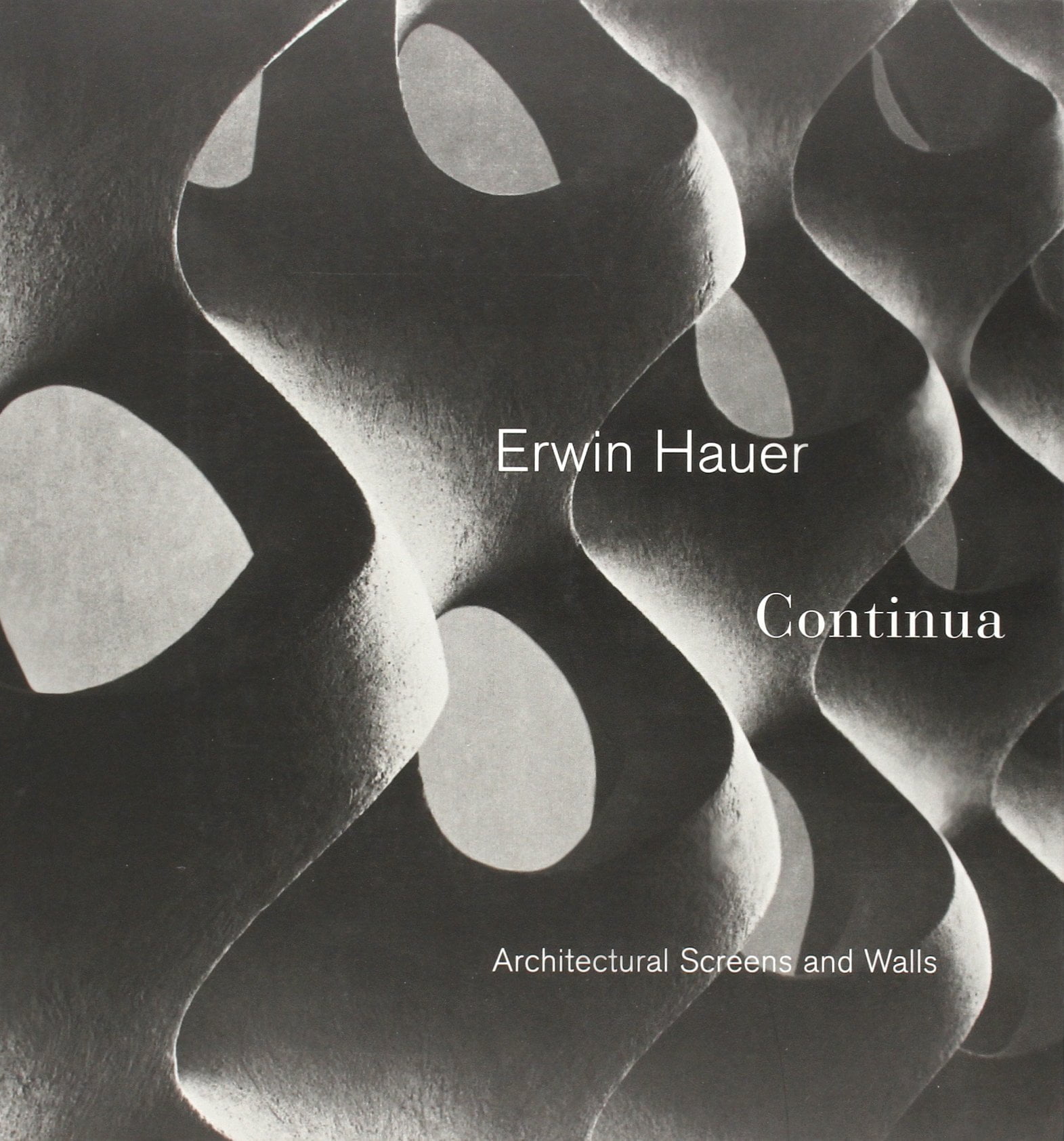
“This elegant volume documenting the work of Erwin Hauer demonstrates the rich results that can emerge from disciplined experimentation with geometry. Following a geometric recipe of his own divining, Hauer was able to discover extraordinarily complex patterns that possess a large measure of depth and beauty.” – Architecture

The vast majority of architects cut their teeth designing small-scale additions to private homes. Extensions can be added to roofs, gardens and underneath buildings or can even be strapped on to the sides.

A ?op house, a pumping station, a maid’s room, a homeless center, a former brothel, a Richard Meier building, a circus trailer, a sail boat, a skyscraper, buildings named Esther and Loraine just a few of the places New Yorkers call home.
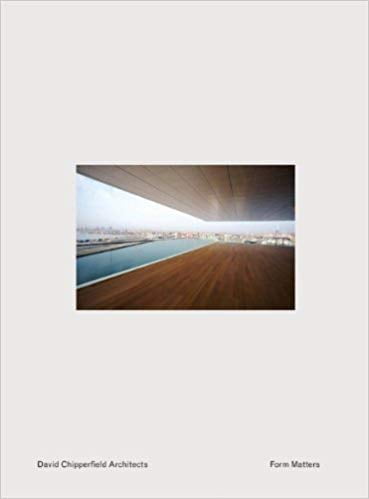
David Chipperfield, one of the most important architects at work in the world today, is known for his subtle and sophisticated buildings. This book, published to accompany the major exhibition at Londons Design Museum, spans his entire career to date, examining a range of projects through new and archive models, sketches, drawings, photographs and film.
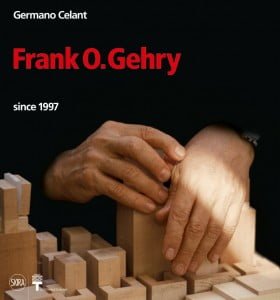 Out of stock
Out of stockThe only complete monograph on the past twelve years of the great architect’s career. Published in conjunction with the major exhibition curated by Germano Celant at the Milan Triennial, this volume brings together all the projects realized by Frank O. Gehry since his pivotal stylistic metamorphosis of 1997, embodied by the Guggenheim Museum in Bilbao, until today.
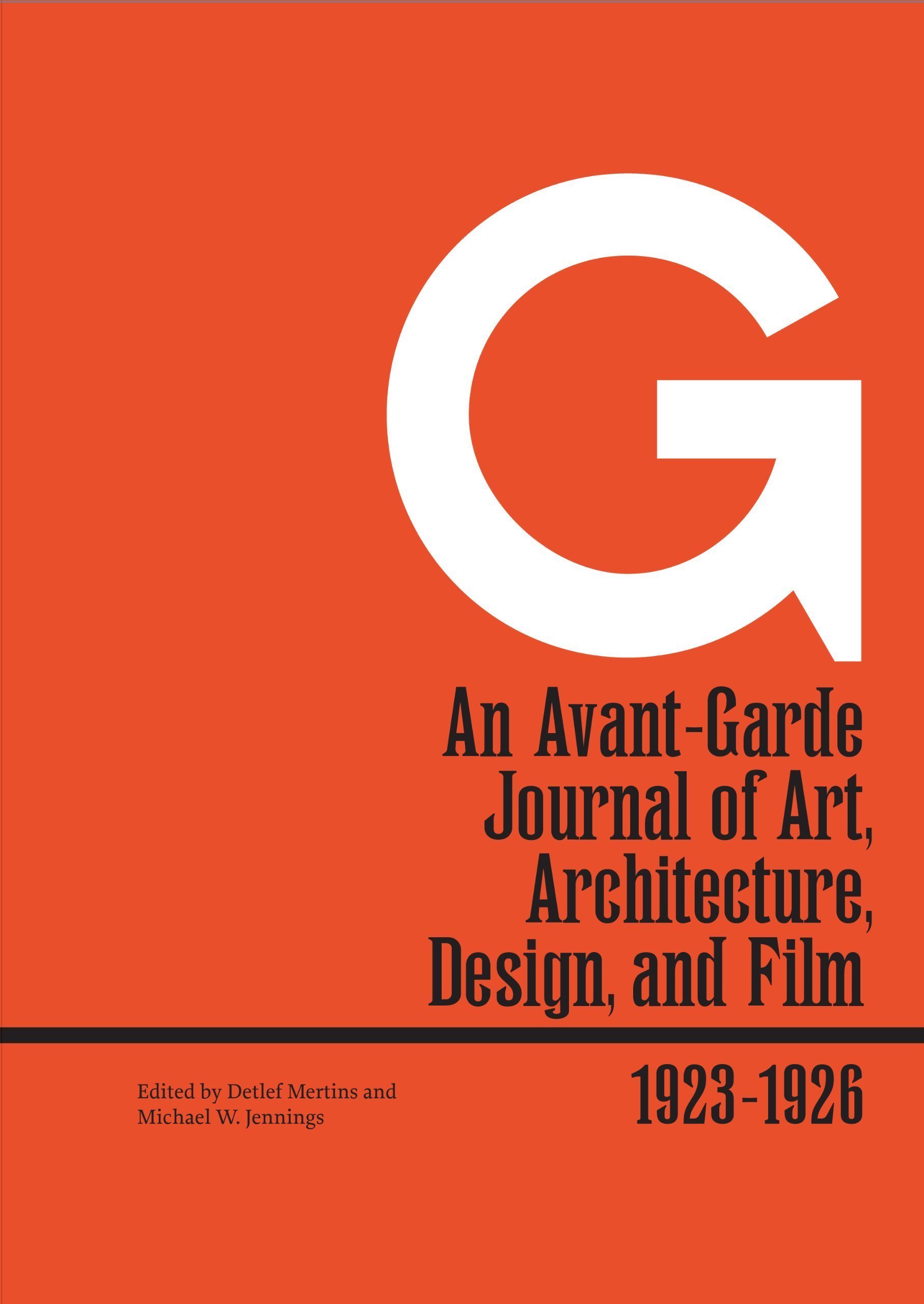 Out of stock
Out of stockThe journal “G,” launched at the suggestion of the founder of the De Stijl movement, Theo van Doesburg, and produced by the artist and filmmaker, Hans Richter, was published in Berlin between 1923 and 1926, when the city was an epicentre of the European avant-gardes. Drawing together painting, sculpture, photography, film, architecture, engineering, industrial design, poetry, fashion, and urbanism, it sought to counter conservative forces that would restrict the development of a new and vital culture.
 Out of stock
Out of stockSpecially created pop-ups explore the vision and creations of this seminal architect.
“Those who look for the laws of Nature as a support for their new works collaborate with the creator.” ?Antoni Gaudí

Hotel Yeoville was a participatory public art project, conceptualised and directed by artist Terry Kurgan. It was based online and in the public library of the old suburb of Yeoville on the eastern edge of Johannesburg’s inner city. Kurgan developed the project in collaboration with a diverse group of people working across a range of…

I love you I hate you is a book about Johannesburg told in two parts.
The first is told through design. The second part is told through the essays of 34 writers describing a complicated relationship with Johannesburg.
No products in the basket.